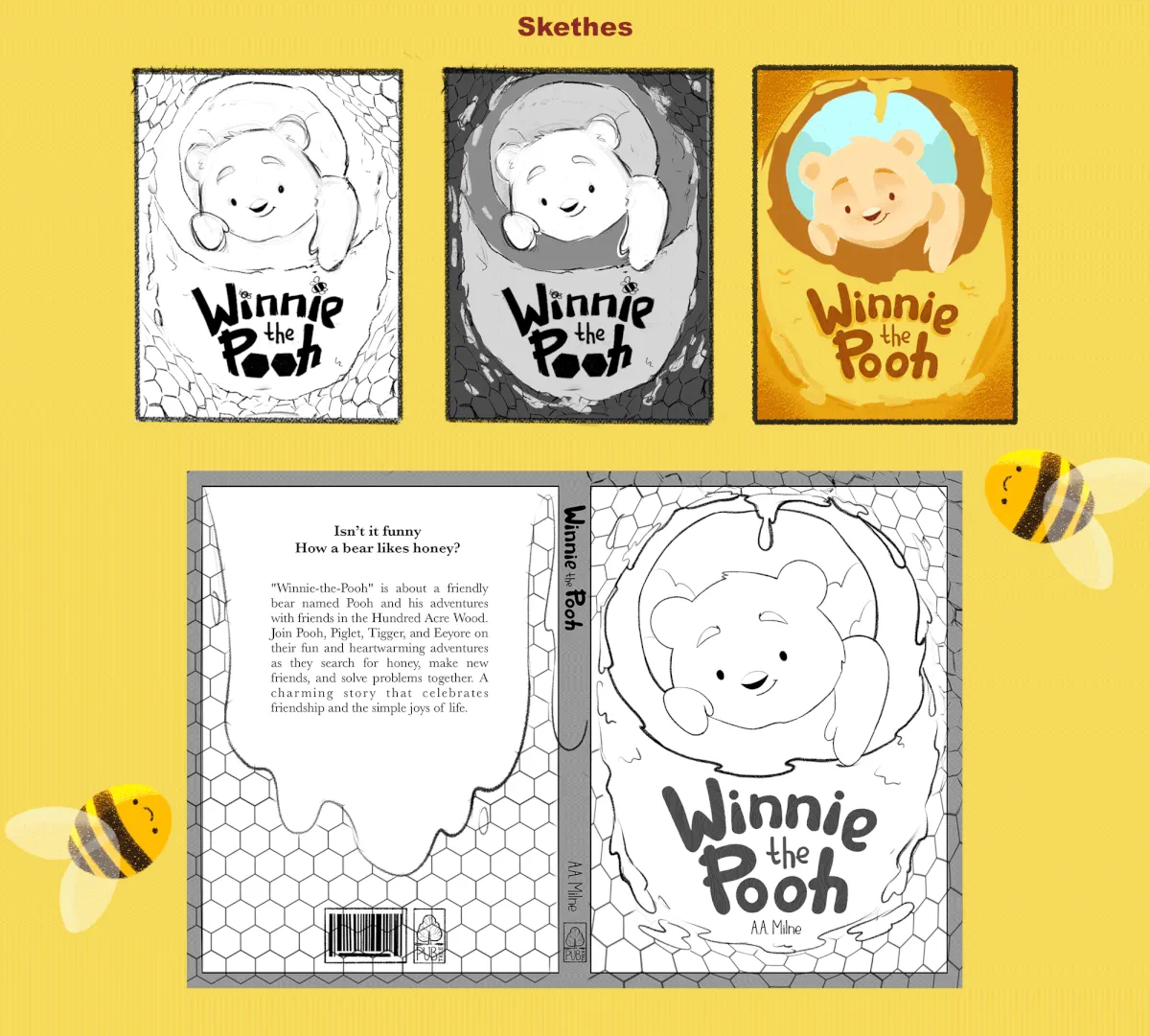Understanding the Importance of a Cover Letter
In the competitive world of children’s book publishing, your manuscript needs more than just a captivating story; it needs a compelling cover letter. Think of it as your first handshake, your initial opportunity to make a positive impression on an agent or publisher. It’s a crucial tool that introduces you and your work, setting the stage for whether your book will be considered. A well-crafted cover letter can significantly increase your chances of getting your manuscript read, making it an indispensable component of your submission package. It’s not merely a formality; it’s a strategic document designed to convince the recipient that your book is worth their time and investment.
Why a Cover Letter Matters for Children’s Books
Children’s books have a unique audience and market, which influences how cover letters should be written. Unlike adult fiction, children’s books often require a different tone and focus. Your cover letter must demonstrate an understanding of this, showcasing your ability to write for children and connect with young readers. This includes highlighting the age range your book targets and subtly conveying its appeal to both children and the adults who may purchase it. A strong cover letter can emphasize the book’s educational value, its entertainment factor, and its potential to resonate with the current trends in children’s literature, ultimately increasing the likelihood of publication.
First Impressions Count
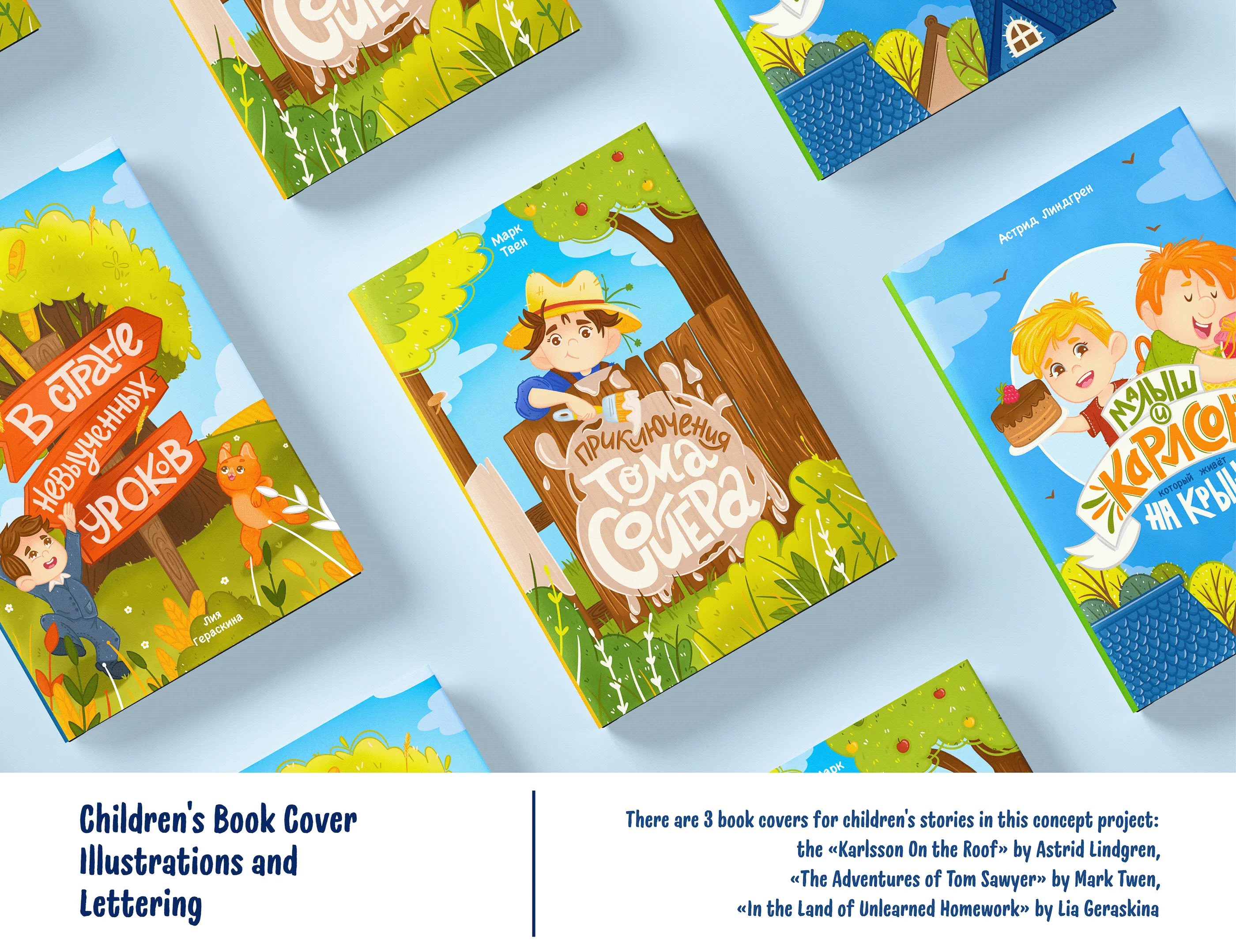
The cover letter is the initial point of contact, making your first impression critical. It’s often the first thing an agent or publisher reads, so it must immediately capture their attention. This document determines whether your manuscript gets a fair evaluation or is immediately rejected. A strong opening, a well-structured narrative, and a professional tone set a positive precedent. Conversely, a poorly written cover letter with typos or grammatical errors immediately signals a lack of attention to detail, potentially leading to a rejection of your work before it’s even read. The cover letter sets the tone for your professionalism and the quality of your manuscript.
Key Elements of a Strong Cover Letter
A robust cover letter includes essential elements. Start with a professional salutation, addressing the agent or publisher by name if possible. Briefly introduce yourself and your book, including the title and genre. Summarize your book’s plot in a concise, engaging manner, emphasizing the unique aspects that set it apart. Mention the target audience and why your book will appeal to them. Also, clearly state the manuscript’s status – whether it’s a complete manuscript or a proposal. Conclude with a polite call to action, expressing your interest in their feedback and thanking them for their time and consideration. Ensure every element is clear and concise, providing all necessary information without overwhelming the reader.
Crafting a Compelling Opening
The opening paragraph is critical as it grabs the reader’s attention from the start. Avoid generic greetings and instead opt for a hook that immediately engages. Consider starting with a strong statement about the book’s premise, a captivating question, or a brief, intriguing description. Make sure the opening aligns with your book’s tone and genre. A compelling opening sets the stage for a positive reading experience and encourages the agent or publisher to continue reading your cover letter and, ultimately, your manuscript. This approach piques their interest and makes them want to know more.
Highlighting Your Book’s Unique Selling Points
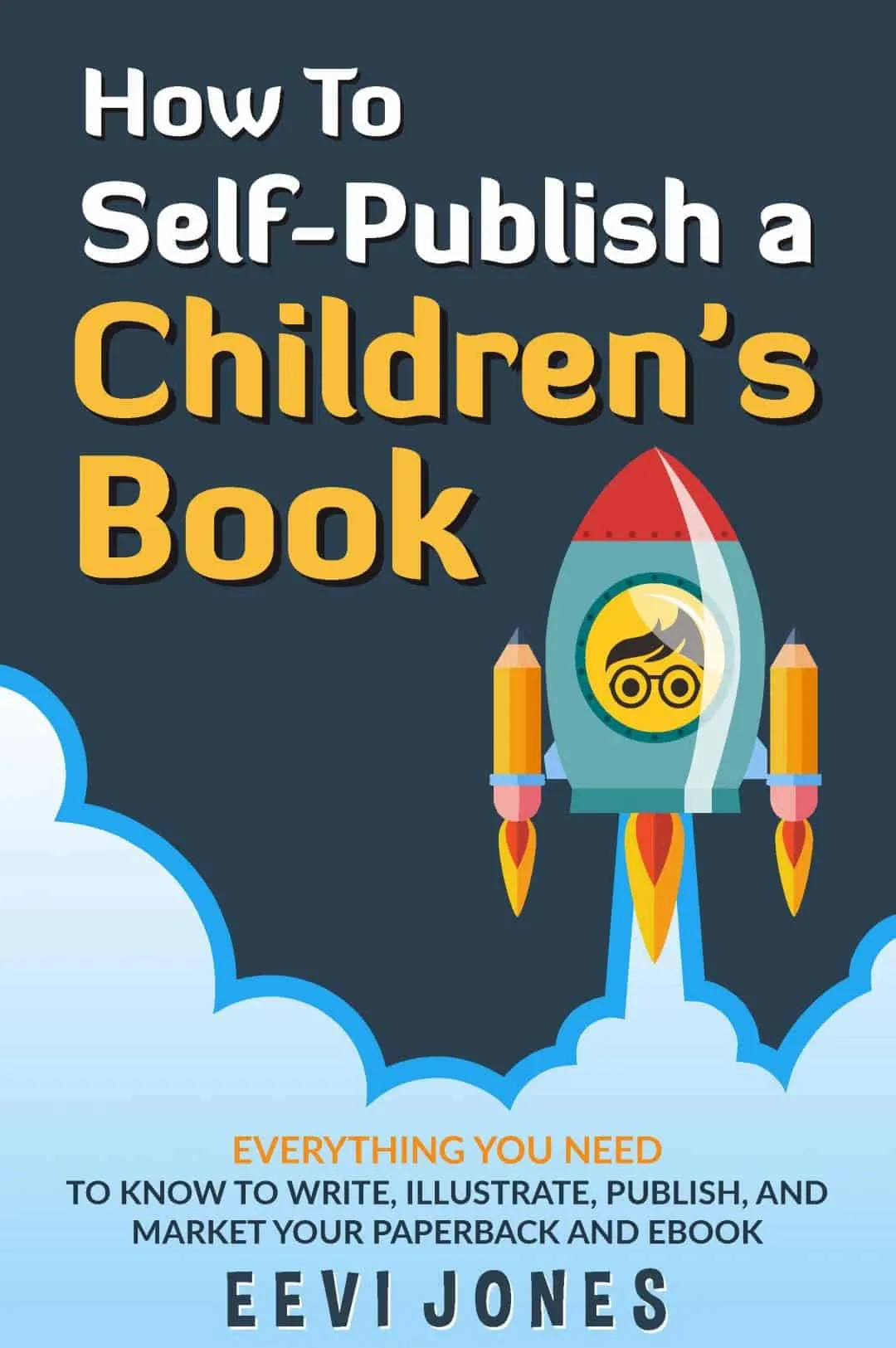
Emphasize what makes your book special and different from others in the market. Identify the unique elements that will attract readers and set your story apart. This includes originality in plot, characters, or themes. If your book covers a specific topic or has educational value, be sure to highlight this. Perhaps your manuscript addresses a topic not commonly explored in children’s literature or features a diverse cast of characters. Show that you understand your book’s market potential and can effectively communicate its appeal. Mention any awards or recognition your book has received, if applicable, as this adds credibility and interest.
Showcasing Your Target Audience
Clearly define the intended audience for your book. Is it aimed at preschoolers, early readers, or middle graders? Understanding your target audience helps publishers and agents determine whether your book fits their lists and meets market demands. Include information on age ranges, interests, and demographics. If your book addresses any specific issues relevant to a particular group, be sure to highlight this. Showing that you have a clear understanding of who your book is for and why they’ll enjoy it significantly strengthens your submission. This includes mentioning the educational benefits, the themes, and the overall tone that caters to the age group.
Demonstrating Your Understanding of the Publisher
Show that you’ve researched the agent or publisher and know their preferences and the types of books they handle. Refer to specific titles they’ve published that are similar to yours, demonstrating that you are aware of their style and the market they cater to. This shows you’re not just sending out a generic submission; you’ve carefully selected them because you believe your book is a good fit for their portfolio. Tailoring your cover letter this way increases your chances of getting noticed and demonstrates that you understand the publishing landscape and the importance of submitting to the right places.
Mentioning Your Manuscript’s Status
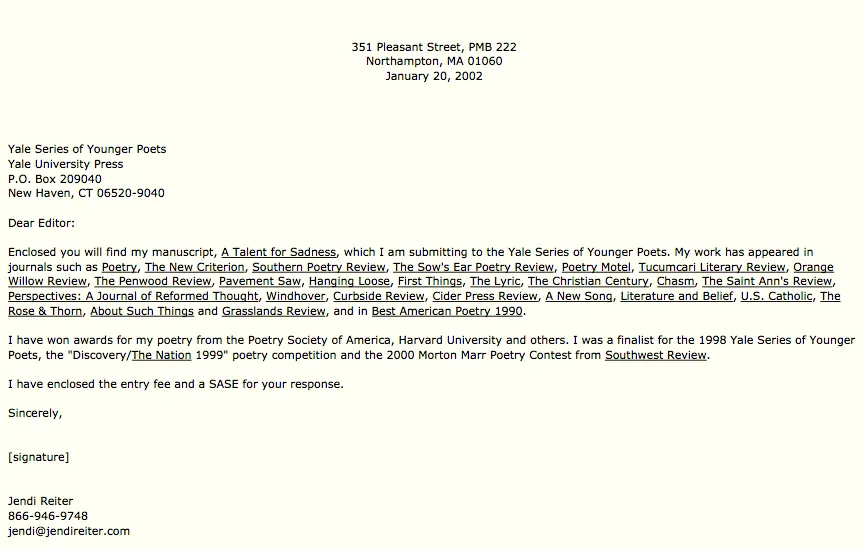
Clearly state the status of your manuscript. Is it a complete manuscript, or is it a work in progress? If the manuscript is complete, state the word count. If you’ve had any professional editing done, mention it. Any information regarding the manuscript’s readiness helps the agent or publisher understand where you are in the process. For example, mentioning that your manuscript has been professionally edited shows you are serious about quality. Ensure your manuscript status aligns with the agent’s or publisher’s submission guidelines. Accurate and transparent information about your manuscript demonstrates professionalism and can lead to a more efficient review process.
How to Format Your Cover Letter
Proper formatting is crucial for a professional appearance. Use a standard, readable font like Times New Roman or Arial, with a font size between 10 and 12 points. Maintain a clean layout with consistent margins and spacing. Ensure your letter is easy on the eyes and quickly navigable. Avoid excessive use of bolding, italics, or underlining, as they can distract the reader. Keep paragraphs concise and well-structured, and use clear headings and subheadings if necessary. Adhering to these formatting guidelines ensures that your cover letter looks polished and is easy to read, which increases your chances of making a positive impression.
Proper Formatting Guidelines
Follow the specific submission guidelines provided by the agent or publisher. These guidelines often include instructions on how to format your cover letter, the preferred file type, and what information should be included. Always address the agent or publisher by name, if possible, and use a professional salutation and closing. Include your contact information in the header or footer of your letter. Proofread carefully to ensure your letter is free of typos, grammatical errors, and formatting inconsistencies. Paying close attention to these details demonstrates respect for the agent or publisher and increases the professionalism of your submission.
Font and Style Considerations

Choose a font that is easy to read and professional-looking. Fonts like Times New Roman, Arial, or Calibri are standard choices and are readily available. Maintain a consistent font size, typically between 10 and 12 points, for ease of reading. The style of your letter should be formal but friendly. Avoid overly creative fonts or styles, as they can be distracting. The goal is to present your information clearly and concisely, allowing the reader to focus on the content rather than the presentation. Ensure the font and style choices align with the professional tone expected in publishing submissions.
Proofreading and Editing for Perfection
Before sending your cover letter, proofread it multiple times to catch any errors. Typos, grammatical errors, and formatting inconsistencies can undermine your credibility. Use spell-check and grammar-check tools, but don’t rely on them entirely. Consider having a friend or colleague review your letter for clarity and accuracy. Reading your letter aloud can also help identify awkward phrasing or sentences that need improvement. Ensure that every detail is accurate and that your writing is polished and professional. A perfectly edited cover letter demonstrates your attention to detail and your commitment to quality.
Common Mistakes to Avoid
Several common mistakes can diminish the effectiveness of your cover letter. Avoid generic templates, as they don’t reflect personalized effort. Don’t over-explain the story; provide a concise summary. Lack of personalization is a big mistake; address the agent or publisher by name and show you’ve researched them. Typos and grammatical errors can create a negative impression. Do not be overly formal or informal. Avoid any mention of competition. By sidestepping these common pitfalls, you’ll enhance your chances of making a positive impression and increase the likelihood of your book being considered.
Avoid Generic Templates
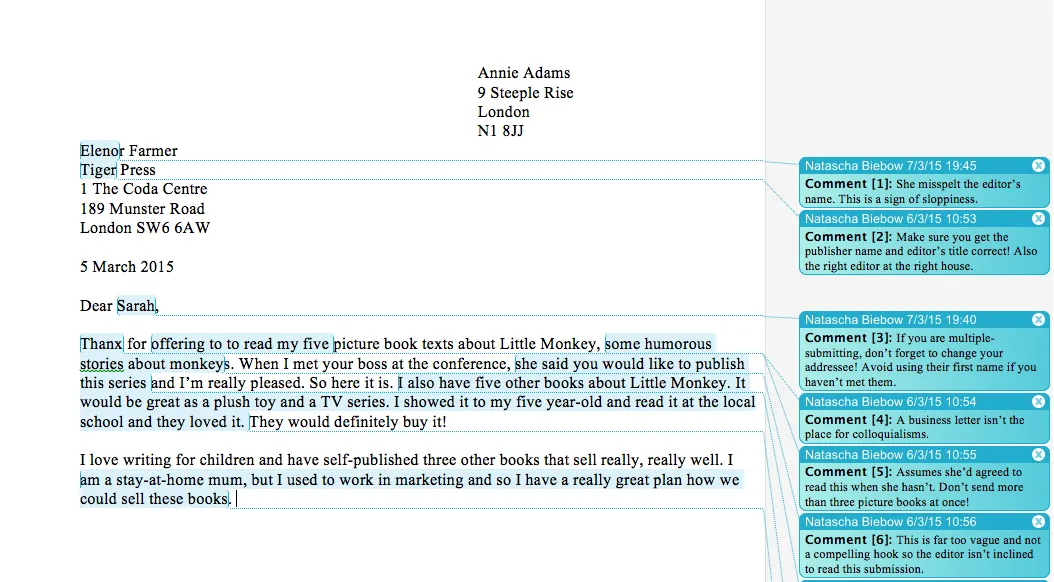
Generic templates lack personalization and show a lack of effort. Using a template without customizing it to fit the specific agent or publisher is a big mistake. It’s crucial to personalize each cover letter to demonstrate that you’ve done your research and understand the agent’s or publisher’s interests. Tailor your letter to the specific requirements of the recipient, highlighting why your book is a good fit for them. Research the agent or publisher’s preferences and the type of books they handle, and mention any similar titles they’ve published. This customized approach shows that you value their work and are serious about publishing your book.
Don’t Over-Explain Your Story
Keep your plot summary concise, focusing on the key elements. Over-explaining your story can overwhelm the reader and detract from its core appeal. A cover letter should act as a teaser, piquing the agent’s or publisher’s interest rather than giving away the entire plot. Instead of recounting every detail, focus on the main themes, characters, and the unique selling points that make your book stand out. Limit the plot summary to a few sentences, highlighting the critical aspects that make your book compelling. This balance ensures the agent or publisher wants to read the manuscript.
Lack of Personalization
Failing to personalize your cover letter is a missed opportunity. Not addressing the agent or publisher by name, and not referencing their previous work or the type of books they represent, can make your letter seem generic. Researching the agent or publisher’s interests and tailoring your letter to show a good fit for their list is essential. Demonstrating that you understand their publishing preferences and that you’ve taken the time to personalize your submission shows you’re serious about the process. Personalized cover letters significantly improve your chances of getting your manuscript read and considered.
Resources for Further Guidance
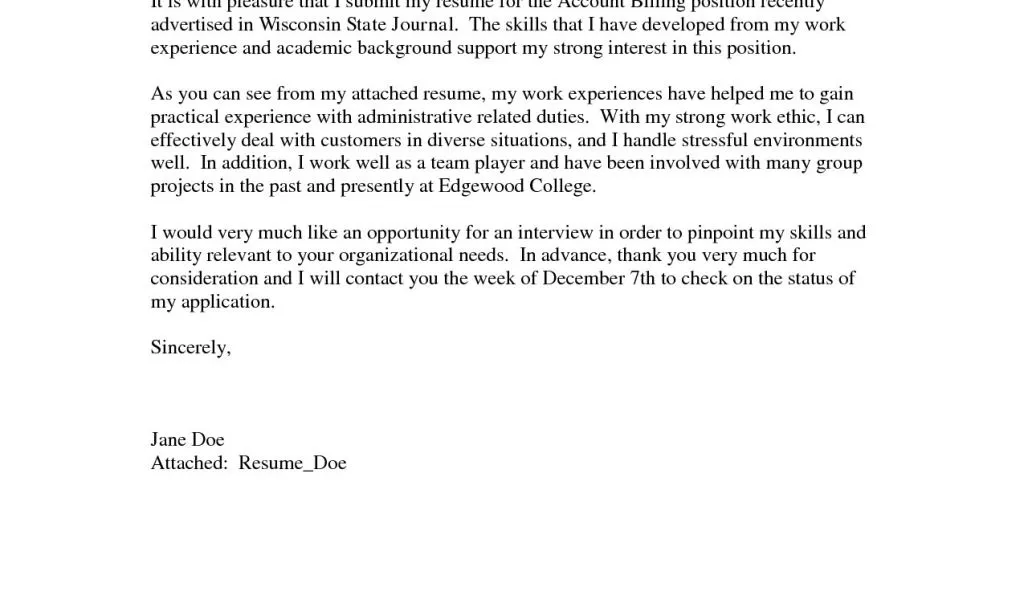
Many resources can guide you in writing a compelling cover letter. Utilize websites, guides, and templates to learn from publishing experts. These resources provide examples, tips, and advice on structuring your cover letter and highlighting key elements. Explore writing blogs, publishing industry forums, and professional organizations for valuable insights. Reading successful cover letters and understanding how they were structured can offer valuable inspiration. Taking advantage of these resources can help you write a cover letter that effectively presents your book and increases your chances of success.
Websites and Guides
Several websites and guides offer invaluable advice on cover letters for book submissions. These resources offer detailed templates, examples, and tips to enhance your writing. Websites such as Writer’s Digest and QueryTracker provide articles and advice on various aspects of writing cover letters and submissions. Utilize guides that provide detailed explanations of formatting, content, and tone, ensuring your letter meets industry standards. These websites and guides help writers craft effective cover letters that improve their chances of getting their work noticed and published. They offer advice and templates to help writers get started.
Example Cover Letter Templates
Example cover letter templates can serve as excellent starting points. Look for templates from reputable sources that you can adapt to your book and situation. Analyze different templates to understand the structure, tone, and key elements. Customize the template to fit your manuscript and the specific agent or publisher you’re submitting to. These templates provide a solid framework for organizing your cover letter and ensuring you include all the essential information. However, remember to tailor the template to your unique story and personal style.
